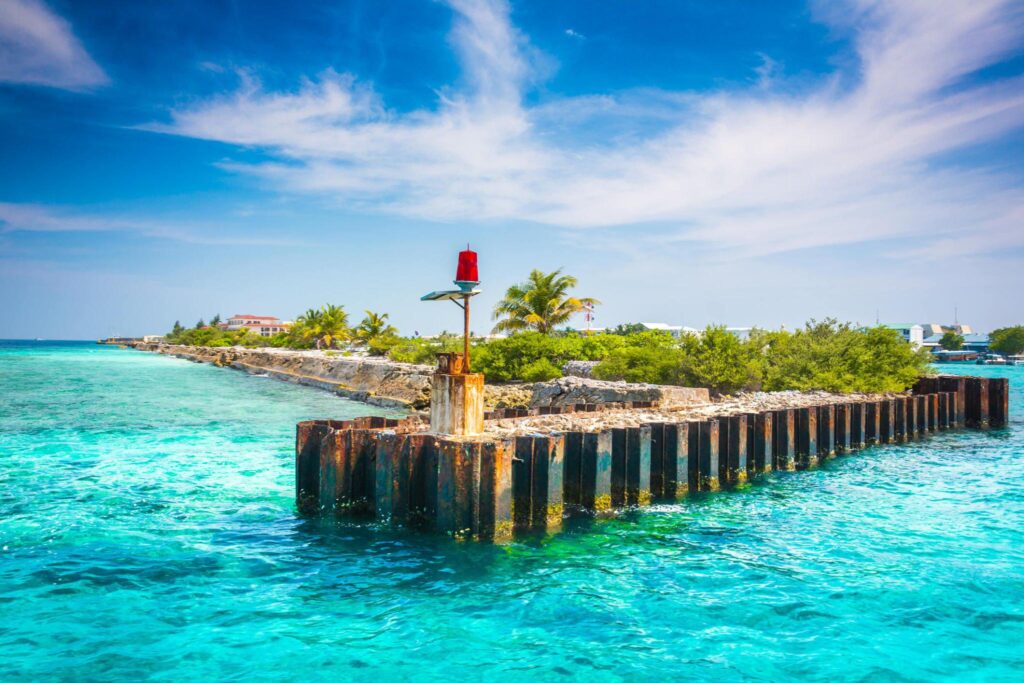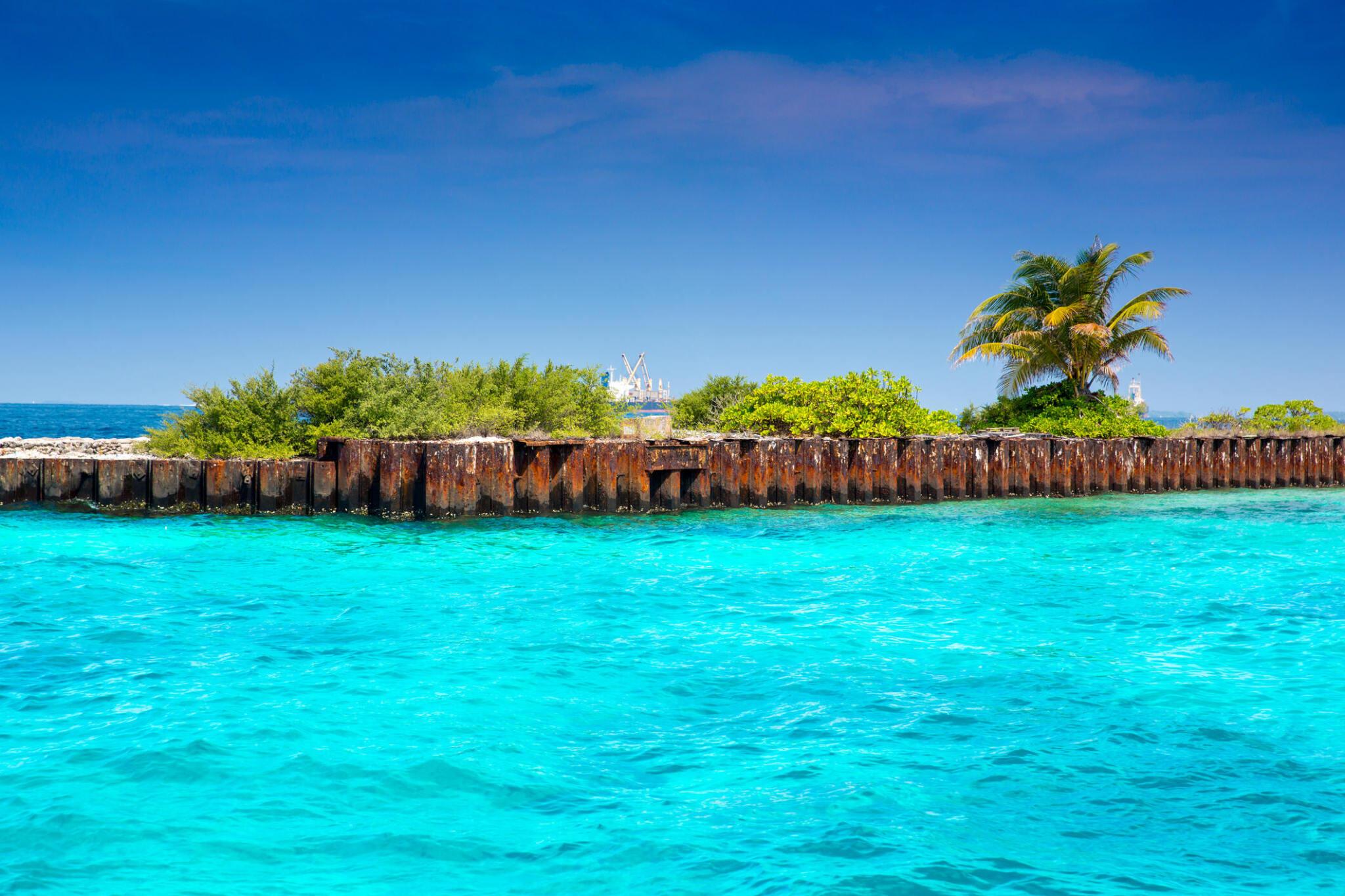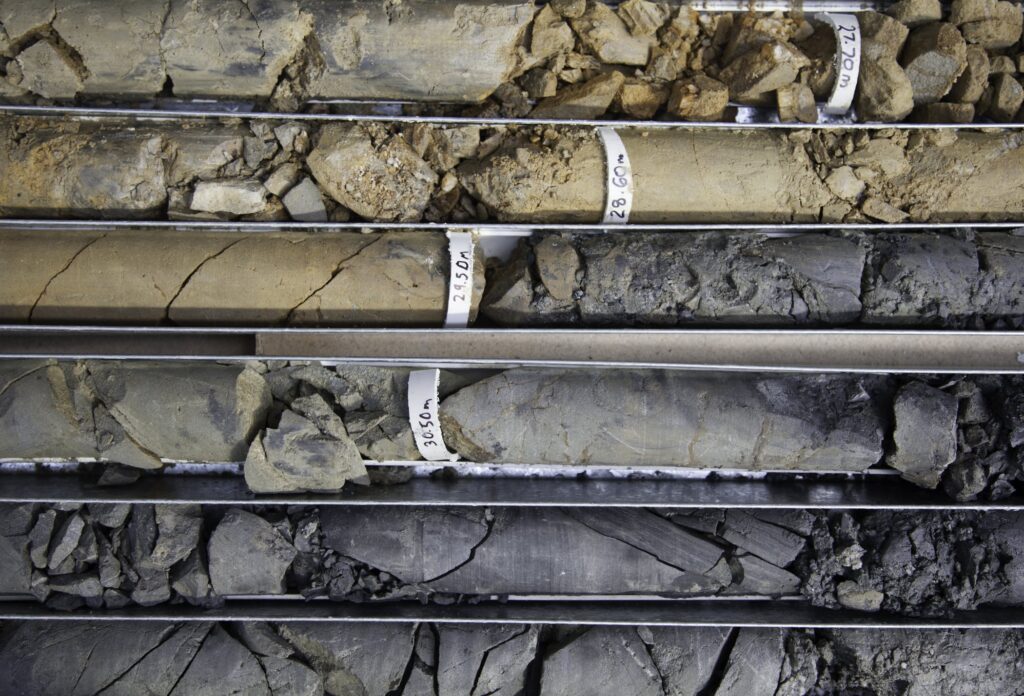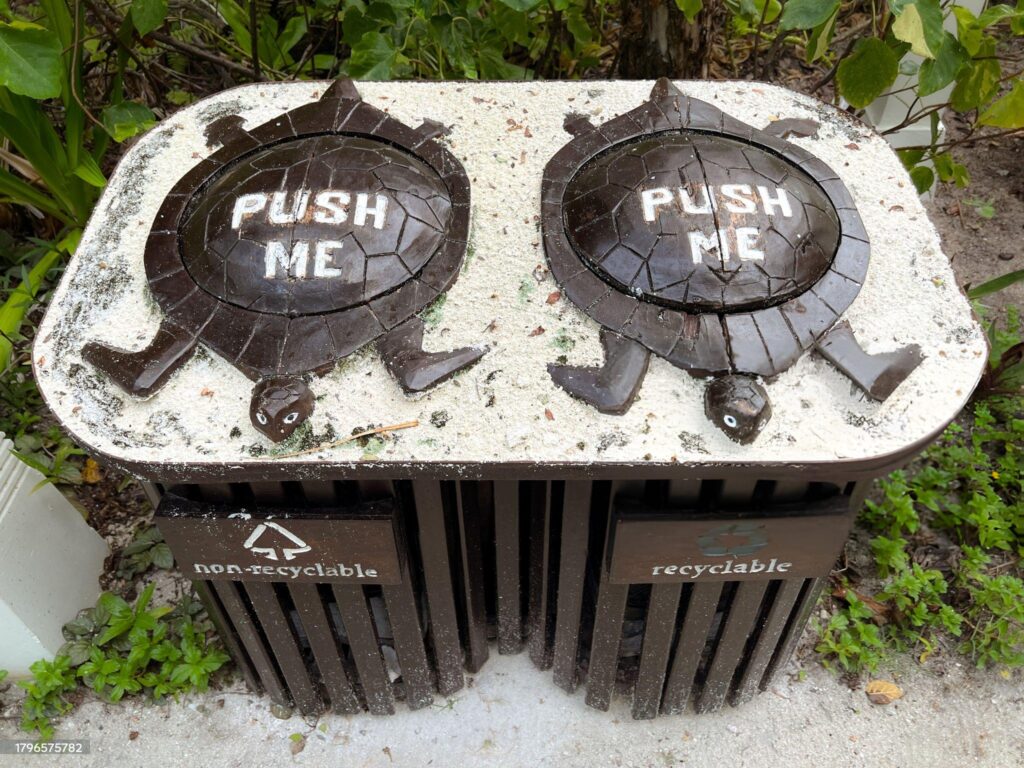The Maldives, faces a unique challenge: balancing its thriving tourism industry with the harsh realities of its environment. Saltwater, high humidity, and intense sunlight create a cocktail of factors that accelerate corrosion, posing a significant threat to the durability and safety of construction materials. At SIDCO, we understand the importance of sustainability and longevity in construction, and that begins with choosing the right materials. In this blog, we delve into the crucial process of testing and selecting corrosion-resistant construction materials for the Maldives.
The Enemy Within
Corrosion, the deterioration of materials due to chemical reactions, silently wreaks havoc on structures in the Maldives. Steel reinforcement in concrete, metal fasteners, and even exposed structural elements are all susceptible to corrosion, leading to:
- Structural failure: Compromised structural integrity can endanger lives and property, requiring costly repairs or even reconstruction.
- Aesthetic degradation: Rusted and deteriorated materials detract from the beauty of the islands, impacting tourism appeal.
- Environmental concerns: Replacing corroded materials often involves more energy and resource consumption, creating an unsustainable cycle.
Testing for Resilience
Selecting the right materials starts with rigorous testing. At SIDCO, we employ a range of techniques to assess a material’s resistance to corrosion in the Maldivian environment:
- Salt spray testing: Simulates prolonged exposure to salt-laden air, mimicking real-world conditions.
- Cyclic testing: Exposes materials to alternating cycles of wet and dry conditions, replicating the natural environmental fluctuations.
- Electrochemical testing: Measures the rate of corrosion under controlled conditions, providing quantitative data for comparison.
- Field testing: Real-world data collection and monitoring of existing structures to identify effective materials and potential improvements.
Beyond Testing: Material Selection Strategies
Testing alone isn’t enough. We adopt a holistic approach to material selection, considering:
- Material composition: Stainless steel, galvanized steel, and certain alloys demonstrate better corrosion resistance compared to regular steel.
- Protective coatings: Epoxy coatings, galvanization, and other techniques can offer additional protection.
- Design strategies: Minimizing exposed surfaces, utilizing proper drainage, and incorporating cathodic protection systems can further enhance durability.
- Lifecycle cost analysis: Choosing materials with lower long-term maintenance and replacement costs contributes to overall sustainability.

Building a Sustainable Future, One Material at a Time
By meticulously testing and selecting corrosion-resistant construction materials, we can build structures that:
- Withstand the Maldivian environment: Ensuring long-term structural integrity and safety.
- Minimize environmental impact: Reducing resource consumption and waste generation through durable materials.
- Maintain their aesthetic appeal: Preserving the beauty of the islands for generations to come.
At SIDCO, we are committed to promoting sustainable development in the Maldives. By collaborating with researchers, policymakers, and the construction industry, we can share best practices and advocate for wider adoption of corrosion-resistant materials. Together, we can build a future where the magic of the Maldives endures, one resilient structure at a time.




